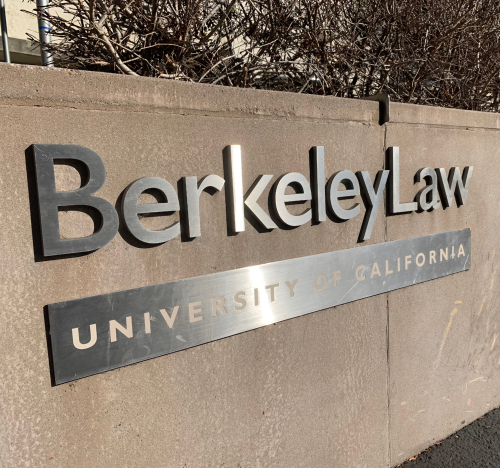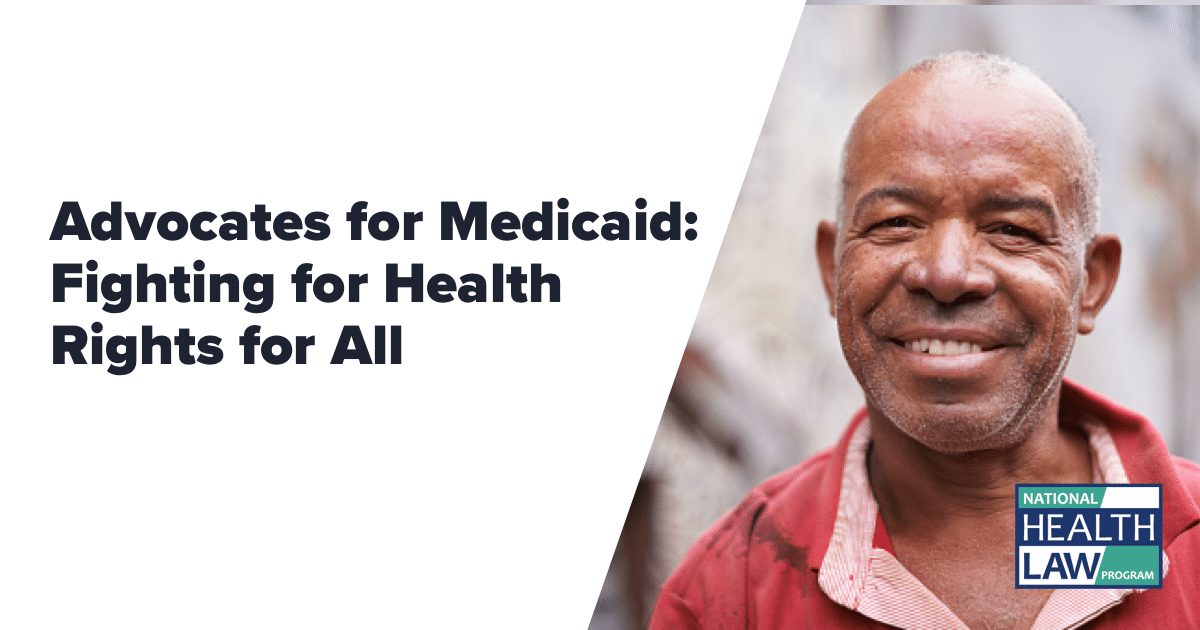We May Not ‘Own’ Our Bodies. Should We?
By Adithi Iyer
As the provision of human tissue leaves the research realm and becomes a bona fide consumer transaction, our legal responses to these developments will be most effective when we know what we want to protect, and how.
Perhaps the most famous discussion around tissue “donation” comes from the story of Henrietta Lacks and her family. Ms. Lacks is the namesake and unknowing donor of HeLa cells, and subject of the Rebecca Skloot bestseller, The Immortal Life of Henrietta Lacks. In a settlement obtained just this past summer with manufacturing giant ThermoFisher, the Lacks estate (Ms. Lacks herself died of an aggressive cervical cancer in 1951) obtained a confidential payment for the unconsented taking of her cells for research. The settled case was built on an unjust enrichment claim, and while this wasn’t decided on the merits, it raises the question of whether a provision of tissue is a transfer of value. If so, what are our ownership stakes in that value?
Our tissue falls under “Property’s Boundaries,” but its value may not
The property law approach to ownership does not draw hard lines with respect to biological materials like tissue; most states have not ruled on the issue, nor passed laws to this effect. Wading through this haze, recognizing an ownership right over physical tissue seems to conform with our traditional understandings of real property ownership. James Toomey, who previously wrote on a similar topic on this forum, expands on the “reach” of property law as applied to biomatter in Property’s Boundaries. Under his more functional framework, which recognizes ownership also as a concept outside of the law, absolute control is central to ownership at large. This puts biomatter, like organs and tissue samples, comfortably in the realm of ownable property.
But Toomey makes a critical distinction: while physical biomatter is ownable, biological information, including genetic information, is not. This draws a “boundary” for property law to recognize human tissue ownership, but also highlights a major critique of this concept. As patients and consumers, we might imagine that a formal ownership right over our tissue strengthens our hypothetical legal case against powerful research and corporate entities appropriating our tissue for profit. But as Toomey explains, what we’re after, and what the Lacks family was after, is likely a remedy for the use and profit off the information that these tissues and cells provide—not necessarily the physical tissue. After all, Ms. Lacks would have little to gain from “recovering” a vial or petri dish of her cancerous cells, even if she does technically “own” it. According to Toomey’s framework, though, the actual “value” we might wish to protect, the value-generating biological information, therefore comes from something that cannot be owned. And Toomey is not alone: privacy experts also reject assigning property rights to data, finding information distinct from an ownable commodity.
On Intellectual Property and Lingering Discomforts
The notion that we may not own the information that comes from our cells and genes is not as disenfranchising as it sounds. In fact, our current legal guidelines prevent anyone from truly owning our genes. We’re not concerned with companies trying to patent our genes—the Supreme Court explicitly ruled out the possibility of patenting naturally occurring genetic sequences in Myriad. To the extent that biotech companies might seek patents on new cell lines and interventions derived from use of donated tissue from consumers, these inventions are in theory treated just like any other creative work and are assessed based on the engineer’s alteration, which must be more than just chemical isolation, thanks to Myriad. It’s not a far cry to extend this precedent to tangible information derived from unadulterated human cells, like biomarkers, as cell-mediated therapies become more prevalent. It’s especially important that this precedent clearly covers isolated stem cells as regenerative therapies start to hit the market.
Then, there’s the argument that we may not want property rights in tissue because of the “greater good.” The benefit to society in enabling biotech companies to create lifesaving interventions and medical advancements, by allowing them to use provided tissue without fear of incessant litigation, would outweigh the individual profit of the person who supplied the cells in the first place recovering on a conversion claim.
So, what are we after?
To be clear, I tend to agree that in this classification paradigm, it seems more trouble than it’s worth to go after ownership exclusively in human tissue. There’s a great value to be found in, say, shifting the conversation to informed consent regimes to address the transaction at the center of tissue provision in the first place. This area is more formalized in the research setting, but much less so in the area of consumer transactions dealing in human tissue provision.
Yet, on a wider note, I ask whether we’re using the right tool for the job: in other words, are the traditional boundaries around real vs. intellectual property appropriate for thinking about rights and protections for our cells and tissue? Toomey’s framework help frame an answer: cells are both a fount of data and physical entities, but workable distinctions in property law currently don’t accommodate this duality. When you add the context of cells’ dynamic data-generating capacity and the centrality of cells’ physical structure to that capacity, it’s difficult to tease apart the “property” of the cell from its informational “value.” What we should be after now, I think, is a re-valuation of cells, in light of the technological advances in cell and tissue engineering that exponentially increase the potential of a given cell when provided to a commercial or research entity. New possibilities bring new risks, and a new role for the law. How to go about this re-valuation, considering both medical and legal advances (particularly in the realm of data privacy law), will be a topic for future installments.






